It is a truism that writers of all kinds often find inspiration and solace in their gardens, as well as protection from the outside world and its demands. After all, writing is a supremely solitary business and outside influences must be subtle and uplifting, not noisy and distracting, if writers are to flourish. The Writer’s Garden is an attempt to explore this appealing idea by describing the gardens of 20 well-loved British writers, including Jane Austen, Beatrix Potter, Walter Scott and George Bernard Shaw.
The choices are largely expected — Jane Austen’s Chawton and Godmersham, Agatha Christie’s Greenway, Winston Churchill’s Chartwell, Rudyard Kipling’s Bateman’s and Walter Scott’s Abbotsford — but there are less obvious ones as well, such as John Clare’s cottage in Helpston (he is the only working gardener in this mix), Laurence Sterne’s Shandy Hall, and Charles Dickens’s Gad’s Hill Place. In truth, the inclusion of Ted Hughes’s Lumb Bank is pushing it, since he only lived there for a year, and Robert Burns’s Ellisland was frankly more farm than garden. It hardly matters. The important thing is that most readers should find several gardens that they are pleased they now know about. Probably the most obvious omission is Sissinghurst, but I don’t blame the author for thinking that its story has been told quite enough times already.
It is plain that a good few of the gardens featured were of enormous importance to their writer occupants: in particular Gipsy House, Great Missenden, where Roald Dahl lived; Shaw’s Corner, Ayot St Lawrence, ferociously gardened by George Bernard Shaw and his wife, Charlotte; and Monk’s House, Rodmell, owned by Leonard and Virginia Woolf. This book reminded me that Leonard Woolf recalled in Downhill All the Way how he refused to leave his iris planting to go into the house to hear a speech of Hitler’s on the wireless, since the irises would be flowering long after Hitler was dead. There are charming pictures of the writing huts in those three gardens; Shaw’s hut even revolved to catch all possible sunlight.
None of the featured writers owned an especially important garden, and they were not adventurous garden designers. Again and again Jackie Bennett describes orchards and vegetable gardens, lawns, formal hedges, rose gardens and lily ponds, the garden staples of medium-sized houses for the past 150 years. The author pays proper due to the work done by charitable trusts, including the National Trust, in preserving a number of writers’ gardens and even, in the case of Wordsworth House in Cockermouth, re-creating the garden as the poet would have known it.
The images taken by Richard Hanson are of high standard: well-composed and full of atmosphere. One of the most memorable is a view of the village of Near Sawrey in Cumbria, which manages to include both Hill Top farm and Castle Cottage where Beatrix Potter lived before and after her marriage. The visual appeal of this book is helped by good design and colour reproduction and well-researched archive images.
The text is mostly interesting, if rarely startling, never dipping very far below the surface. For example, the deaths of both Virginia Woolf and Sylvia Plath are mentioned only in passing, so that nothing undermines the general agreeableness. A sterner criticism I have is that there are too many unthinking images or clichés: ‘immersing herself in the vegetable garden’; ‘ablaze with Himalayan poppies’ (they are blue); ‘Henry James fell hopelessly in love with…Lamb House’; and my favourite, ‘Yet the aura that he [Rupert Brooke] left is tangible to this day.’
This carelessness is compounded by typographical errors, such as ‘ex-patriot’ and ‘T.S. Elliot’— most unlike Frances Lincoln. And, while I’m about it, why are measurements given in hectares and kilometres, as well as in acres and miles? Not only do these cumbersome figures make visual doorstops for the reader to trip over, but they are rarely used in Britain or the United States, surely the main markets for this book. How-ever, despite its shortcomings, The Writer’s Garden should do just fine as a Christmas present for a bookish, garden-minded friend or relation. I recommend it.
Got something to add? Join the discussion and comment below.
Get 10 issues for just $10
Subscribe to The Spectator Australia today for the next 10 magazine issues, plus full online access, for just $10.
Available from the Spectator Bookshop, £20 Tel: 08430 600033. Ursula Buchan, a former Spectator gardening columnist, is the author of The English Garden.
You might disagree with half of it, but you’ll enjoy reading all of it. Try your first month for free, then just $2 a week for the remainder of your first year.

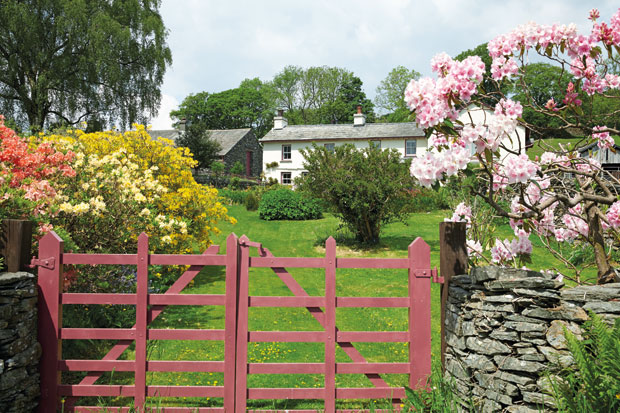
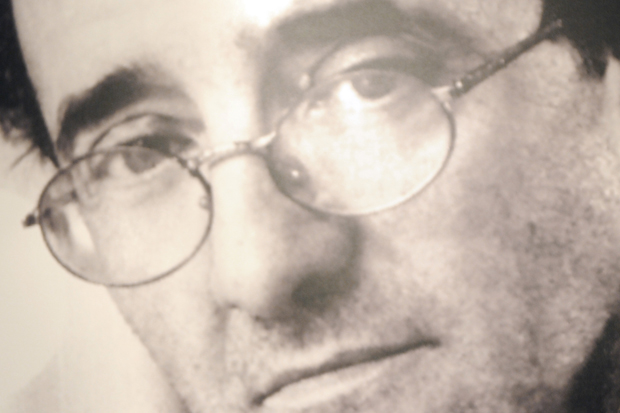
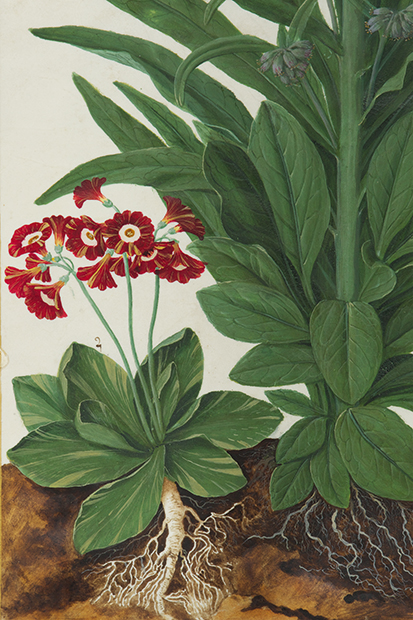
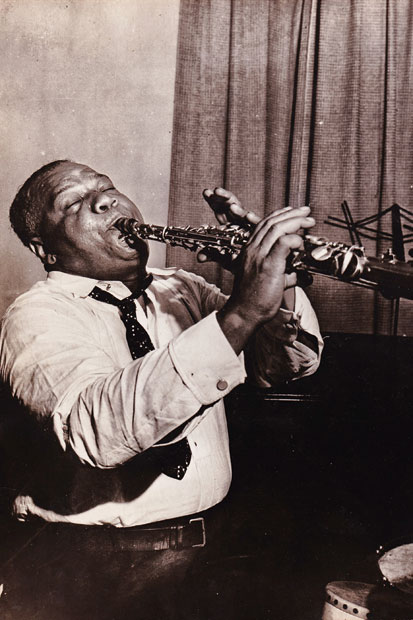
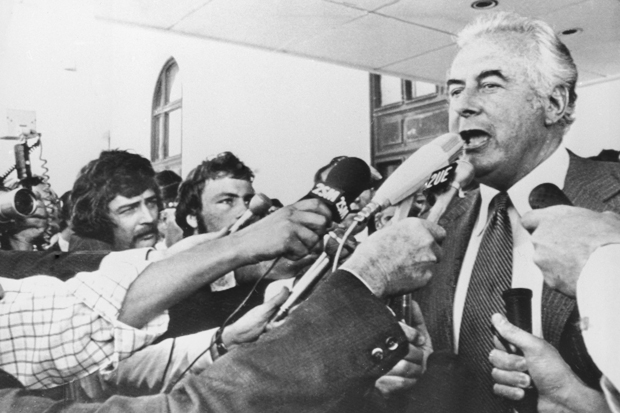
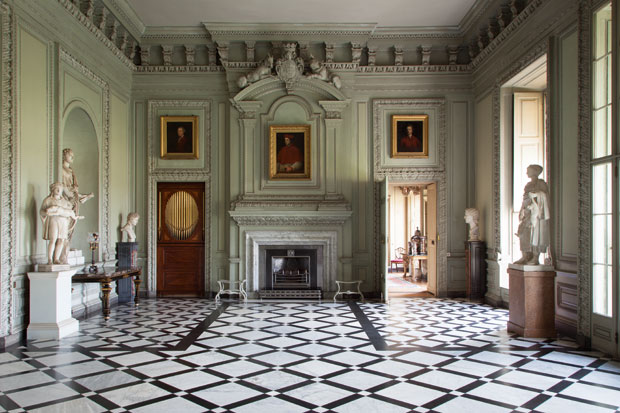
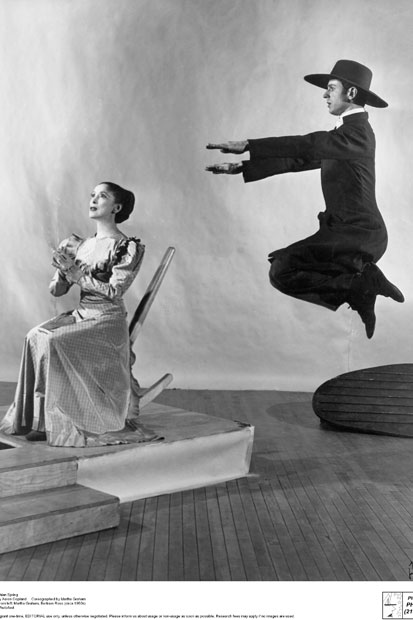






Comments
Don't miss out
Join the conversation with other Spectator Australia readers. Subscribe to leave a comment.
SUBSCRIBEAlready a subscriber? Log in